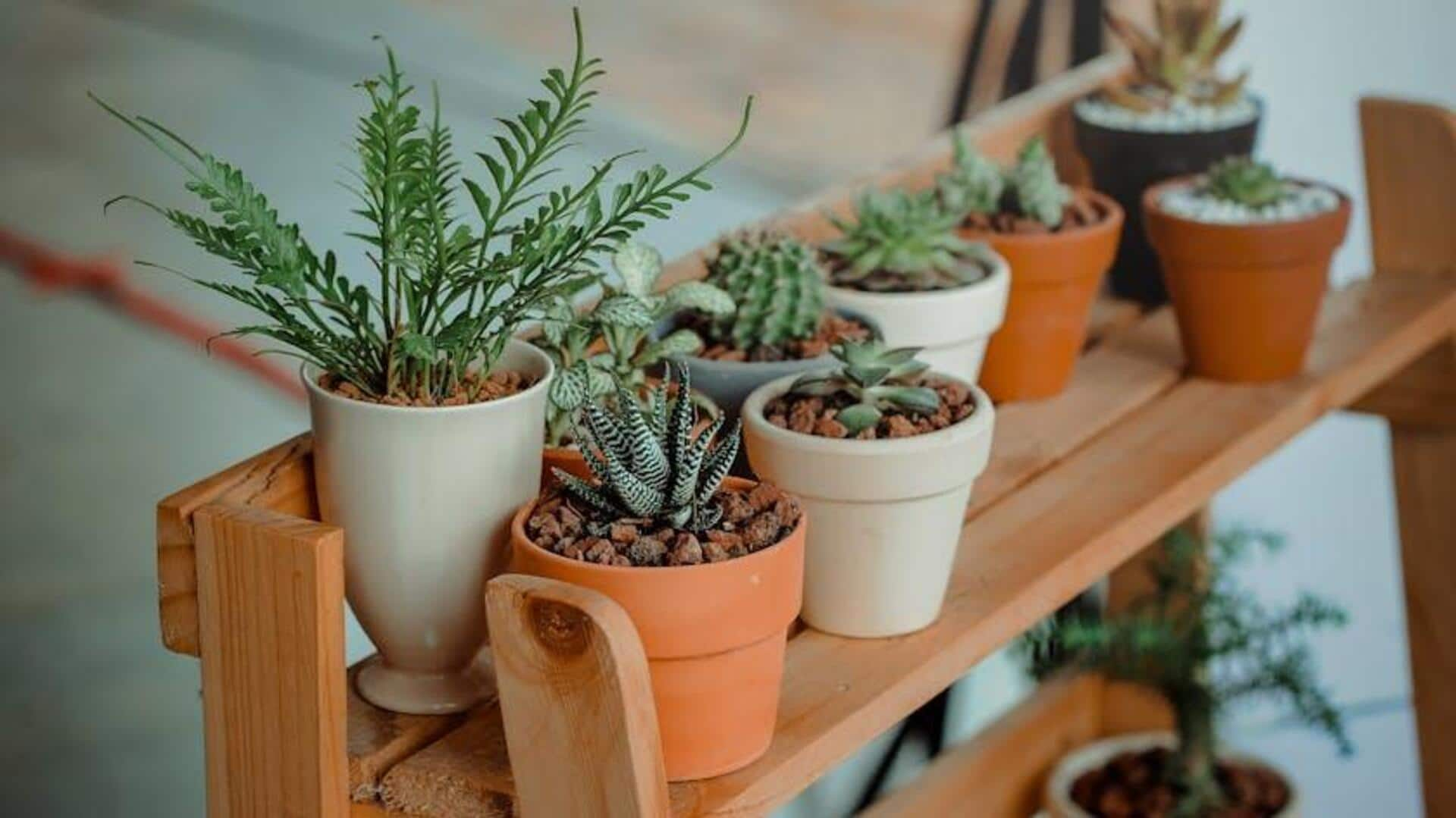
How to help your plants adjust to seasonal changes
What's the story
Plants are often stressed during seasonal changes owing to varying temperature, humidity, and light. These changes affect their growth and health. By knowing how to reduce these stresses, you can help your plants thrive all year round. Here are some practical tips to ease the stress of plants during such transitions.
Watering
Adjust watering practices
Speaking of seasons, it's also essential to regulate watering according to the season. In cooler months, plants usually need less water as evaporation is not as high. On the other hand, in warmer months, they might need more water, since the evaporation and transpiration rates will be higher. Keeping an eye on soil moisture levels can help you know when to water and how much.
Mulching
Provide adequate mulching
Mulching also regulates the temperature of the soil and keeps it moist, which works wonders during season changes. A layer of mulch serves as an insulator from temperature extremes and prevents moisture from escaping from the soil surface. Organic mulches such as straw or shredded leaves break down over time, returning the nutrients into the soil.
Light exposure
Optimize light exposure
Seasonal changes frequently modify the amount of natural light available for plants. Providing plants with enough light is crucial for their growth and development. For indoor plants or those in shaded areas, try grow lights or relocating them to make the most of sunlight during shorter days.
Temperature protection
Protect against temperature fluctuations
Temperature fluctuations can be stressful for plants during seasonal shifts. Using row covers or frost blankets can protect sensitive plants from sudden drops in temperature at night while allowing sunlight through during the day. For potted plants, moving them indoors or closer to a sheltered area may provide additional protection against cold snaps.
Pest control
Monitor pest activity
Seasonal changes can also affect pest activity around your garden or home environment where you keep your houseplants. Hence, monitoring pest activity becomes important too. Regularly inspect leaves for signs of infestation, such as holes chewed by insects. If detected early enough, then appropriate measures like introducing beneficial insects (e.g., ladybugs) could prevent further damage without resorting immediately towards chemical solutions which might harm both flora and fauna alike.